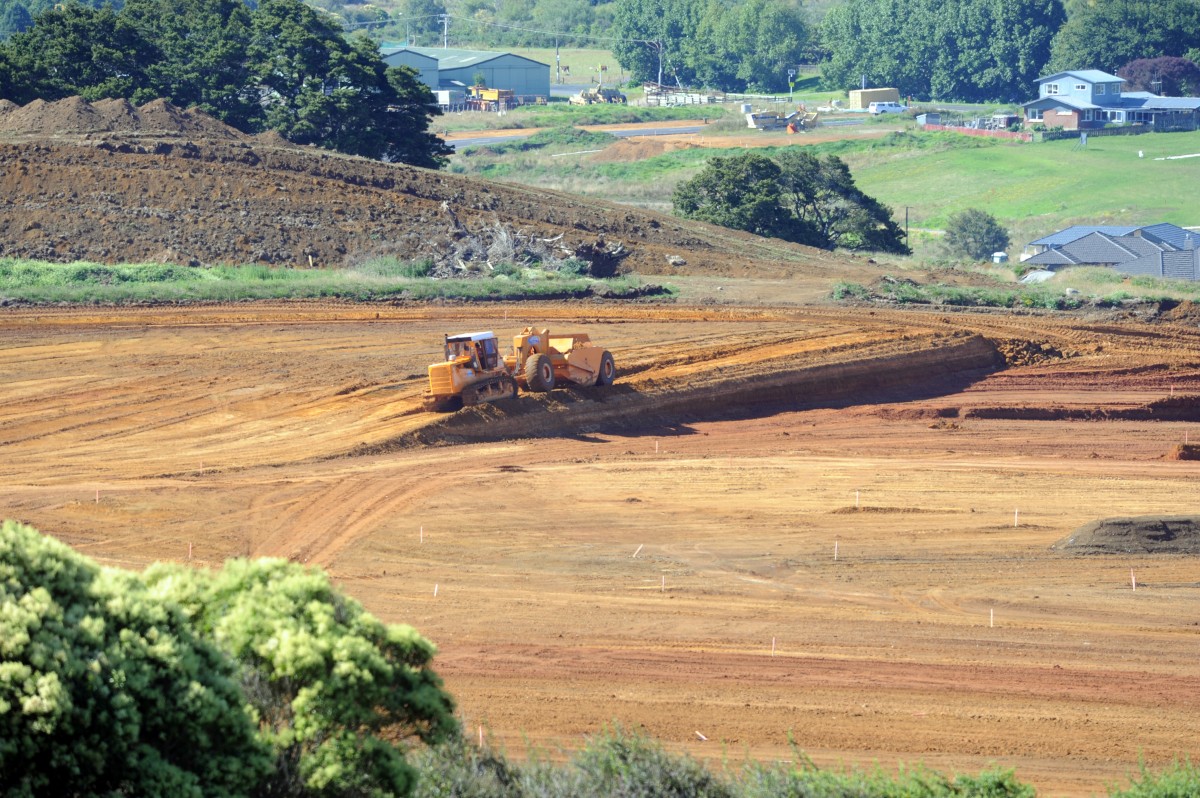GOOD GROUND VERSUS CLEARED GROUND
20 Nov 2019, Learn, Prove Your Know How, Technical

There’s good ground and then there’s cleared ground. From time to time, the BRANZ helpline receives enquiries asking what the difference is, so here’s a quick recap
The terms ‘good ground’ and ‘cleared ground level’ are defined in 1.3 Definitions of NZS 3604:2011 Timber-framed buildings:
- Good ground is any soil or rock capable of permanently withstanding an ultimate bearing capacity of 300kPa.
- Cleared ground level (CGL) is the ground level after completion of site excavation and removal of harmful material but before excavation for foundations.
What does this mean?
In other words, cleared ground is the ground ready to be built on and achieved by preparation such as clearing off plant material and topsoil.
Good ground, however, must have a bearing capacity, in addition to its own weight, able to support the load of a building without undergoing significant settlement. To establish good ground, the area of the proposed building must be tested.
Determining good ground
The initial assessment for determining good ground – set out in NZS 3604:2011 section 3.1.3 – is observing that:
- Neighbouring buildings show no sign of settlement.
- There is no evidence of erosion, landslides or ground creep either on the site or adjacent sites.
- Excavation reveals no evidence of buried services or fill material.
- Excavation does not reveal organic soil, soft or expansive clay, or peat.
Other investigations include referring to the project information memorandum and other territorial authority records such as local history of the site and published geological data.
Testing ground bearing capacity
To establish the ground’s ultimate bearing capacity of 300kPa, a scala penetrometer method of testing must be used. The test requirements are described in NZS 3604:2011 section 3.3.
A scala penetrometer – also known as a dynamic cone penetrometer – consists of a calibrated rod driven into the ground at various locations with a sliding weight or hammer that is raised and allowed to drop onto an anvil.
The number of blows required to achieve a particular depth of penetration into the ground establishes the soil’s bearing capacity. Where testing shows the ground does not meet the bearing capacity required, the foundation of the proposed building will need specific engineering design (SED).
Testing depths
Testing depths required under NZS 3604:2011 are:
- 2m minimum for strip or pile foundations.
- 600mm minimum below the depth of short driven timber piles.
This article was first published in BRANZ’s Build 174 magazine. www.buildmagazine.co.nz. Words supplied by BRANZ.
Register to earn LBP Points Sign in
3 Comments
Leave a Reply
You must be logged in to post a comment.




nice
Use geotechs
good ground good build, geotechs.